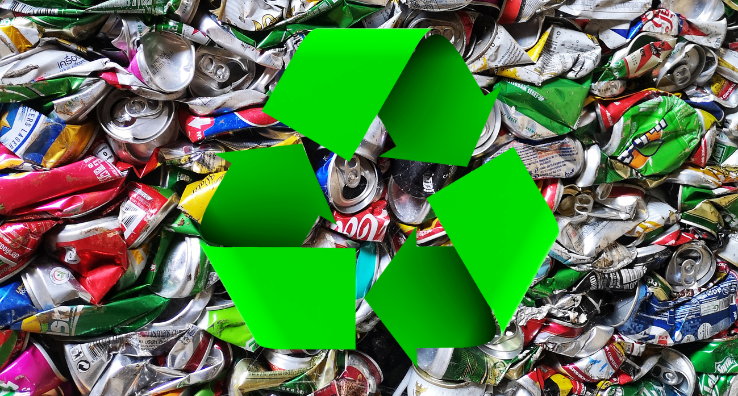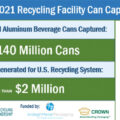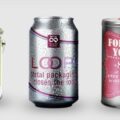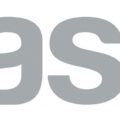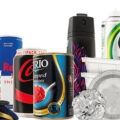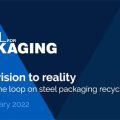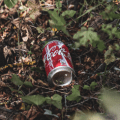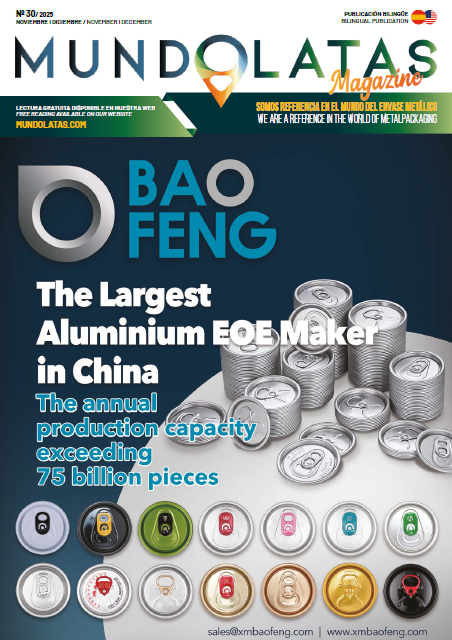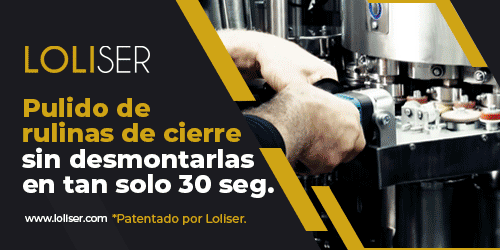Metal Packaging Europe recently issued a document outlining key policy principles highlighting its clear commitment to achieving an average European metal packaging recycling rate of 80%.
The European rigid metal packaging industry, with 85.5% of steel packaging and 73% of aluminum beverage cans recycled in the EU is perfectly placed to contribute to the circular economy targets of the EU Green Pact.
MPE supports the coherent position adopted by the European Parliament in the CEAP underlining the need for “keeping materials at their highest value and achieving closed loops of clean, non-toxic and non-toxic and sustainable materials; stresses the need to increase the availability and quality of recycled materials, focusing on a material’s ability to retain its inherent properties after recycling, and its ability to replace raw materials in future applications.”
Among its key policy principles are that the current definitions of ‘reusable’ and ‘recyclable’ packaging must be unambiguous, with measurable indicators and tools to track performance.
To ensure that“permanent materials” contribute to achieving the objectives of a circular economy, this category should be recognized and defined at the EU level.
In terms of recyclability, the criteria for assessing recyclability must be clear, harmonized across materials and applicable. Recyclable packaging formats should be collected, sorted and recycled on a large scale into secondary materials of sufficient quality to replace primary raw materials.
Well-functioning DRSs will play an essential role in achieving the EU’s circular economy ambitions and are key to achieving our target of 100% recycling of aluminum beverage cans by 2030, as set out in the beverage recycling roadmap.

